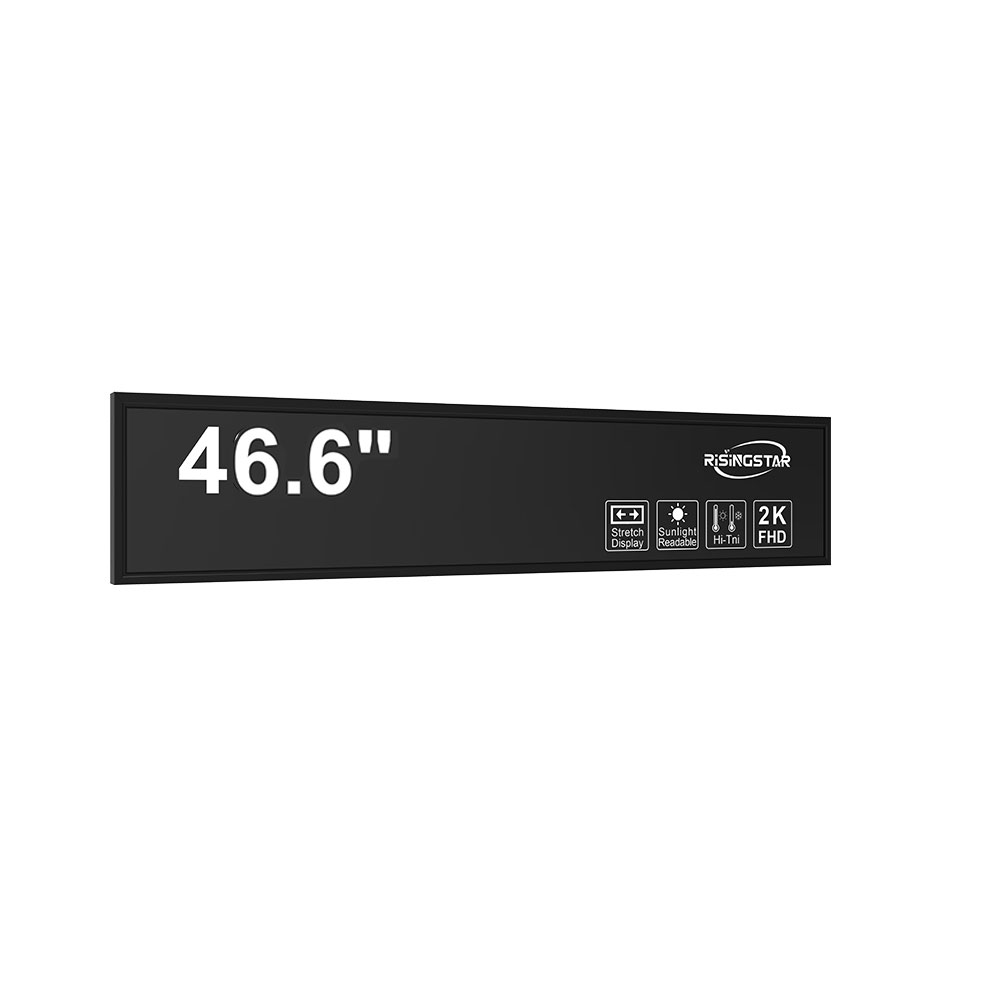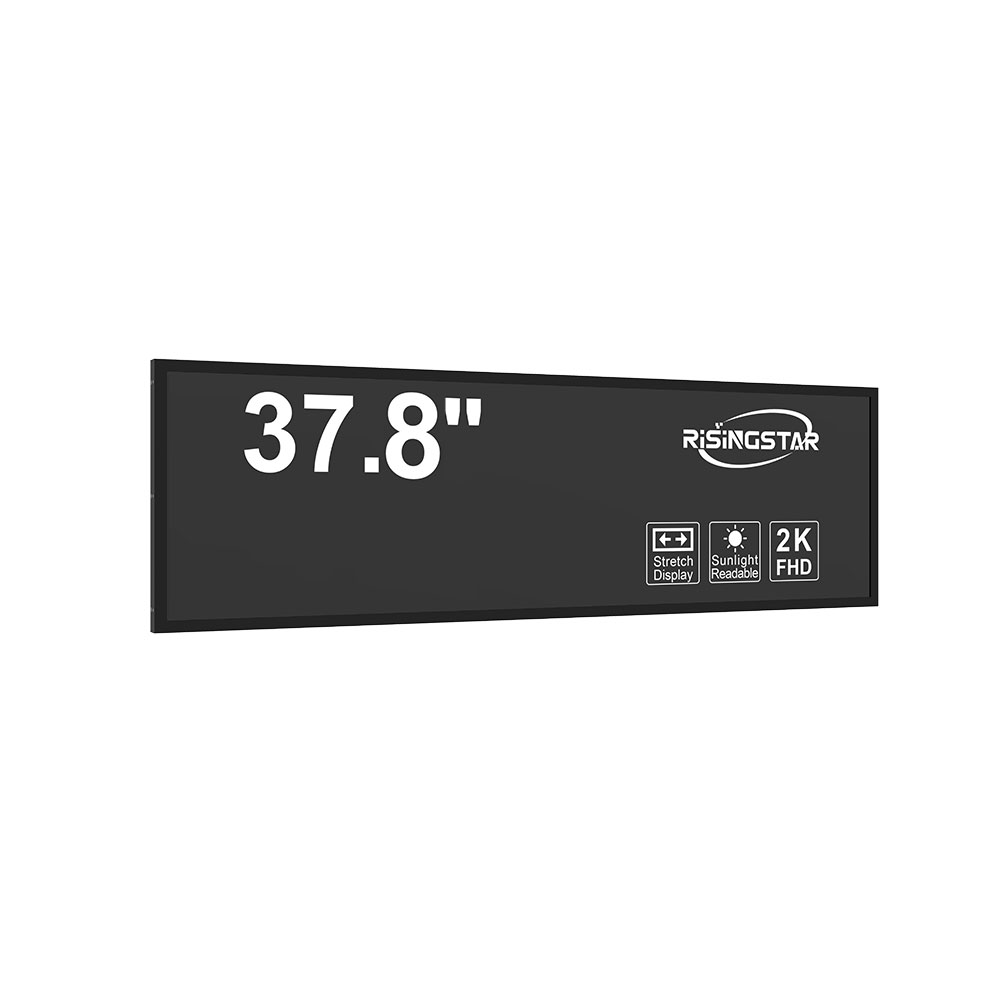- Home
- About Us
- Products
- News
- Video
- Contact
- Send Inquiry
Search
- Home
- About Us
- Products
- News
- Video
- Contact
- Send Inquiry

When selecting the right cable for your display setup—whether for gaming, professional design, or office productivity—the choice between DVI and DisplayPort is critical. While both standards have served the industry for decades, DisplayPort has emerged as the dominant interface in modern computing environments due to superior bandwidth, flexibility, and support for advanced features. This article provides a detailed comparison based on technical specifications, real-world performance, and practical applications to help you make an informed decision.
DVI (Digital Visual Interface) was introduced in 1999 by the Digital Display Working Group (DDWG), aiming to replace analog VGA connections with digital signals. It supports resolutions up to 1920x1200 at 60Hz via single-link DVI, and up to 2560x1600 at 60Hz using dual-link DVI. DVI comes in three types: DVI-D (digital only), DVI-A (analog only), and DVI-I (integrated, supporting both). However, DVI lacks audio transmission capabilities and does not support multi-monitor setups natively without external adapters or hubs. Its connector size is also larger than newer interfaces, making it less suitable for compact devices like laptops or ultra-thin monitors.

In contrast, DisplayPort, developed by VESA (Video Electronics Standards Association) in 2006, offers significantly higher performance. The latest version—DisplayPort 2.0—delivers up to 80 Gbps bandwidth, enabling support for 8K resolution at 60Hz or 4K at 120Hz, far exceeding DVI’s capabilities. DisplayPort also integrates audio transmission, USB data (via USB-C variants), and daisy-chaining multiple displays from a single port—an essential feature for multi-monitor workstations. For example, a professional video editor using Adobe Premiere Pro on a triple-monitor setup benefits greatly from DisplayPort’s ability to maintain consistent refresh rates across all screens without signal degradation.
From a hardware perspective, DisplayPort uses a smaller, more compact connector (3.7 mm width vs 25 mm for DVI), ideal for portable devices. It also includes support for Adaptive Sync technologies like AMD FreeSync and NVIDIA G-Sync, reducing screen tearing and stuttering during fast-paced gaming. According to a 2023 study by Tom’s Hardware, over 75% of new desktop GPUs now include DisplayPort outputs exclusively, while many manufacturers have discontinued DVI ports entirely since 2021.
Cost-wise, DVI cables are generally cheaper and widely available in older systems, but their limited scalability makes them unsuitable for future-proofing. DisplayPort cables, though slightly more expensive, offer better value long-term due to backward compatibility (DisplayPort 1.4 supports legacy DVI signals via active adapters) and evolving standards like DisplayPort Alt Mode over USB-C for mobile and hybrid use cases.

For professionals working in CAD/CAM, medical imaging, or high-fidelity graphics, DisplayPort remains the gold standard. Its support for HDR, color depth (up to 10-bit per channel), and low-latency signaling ensures accurate color reproduction and responsive visuals. In contrast, DVI struggles with these advanced features due to its older architecture and lack of support for dynamic range enhancements.
Ultimately, while DVI still functions reliably in legacy setups—such as industrial control panels or budget-friendly office monitors—DisplayPort is the clear winner for modern applications. Whether you're building a gaming rig, setting up a content creation studio, or deploying enterprise-grade displays, choosing DisplayPort future-proofs your investment and maximizes performance potential.
